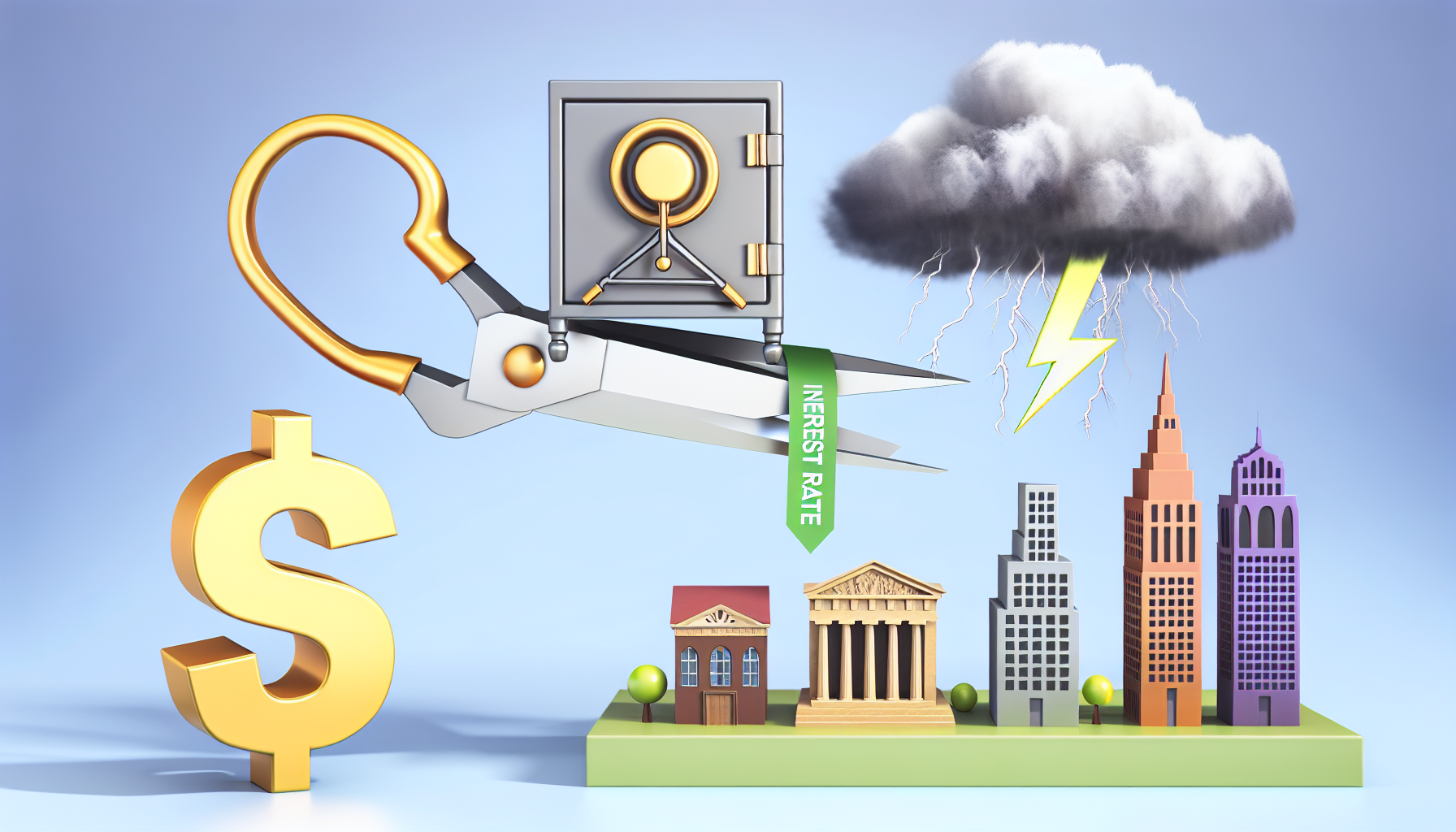
#FederalReserve #BankingSector #InterestRates
The Impact of Fed Rate Cuts on Banks: A Mixed Bag
The recent decision by the Federal Reserve to cut its benchmark interest rate by 50 basis points has sent mixed signals to the banking sector. While this move is generally favorable for banks, it comes with its own set of challenges and uncertainties.
Immediate Benefits
Lower interest rates can slow down the trend of customers shifting their funds from checking accounts to more lucrative options like certificates of deposit (CDs) and money market funds. This shift, prevalent over the last two years, has been a significant concern for banks. With reduced rates, banks may see a stabilization in their deposit base, which is crucial for their lending activities and overall financial health.
Challenges Ahead
Despite these immediate benefits, the banking sector faces several challenges. Ongoing inflation worries could limit the extent of future rate cuts, which in turn could affect banks' net interest income. Net interest income, the difference between what banks earn from lending and investments and what they pay to depositors, is a key metric for bank profitability.
Chris Sacca, director at Montgomery & Co., highlights this concern: "The market is fluctuating as inflation appears to be re-accelerating, raising questions about a potential pause from the Fed." This uncertainty makes it difficult for banks to predict their future earnings accurately.
Impact on Major Banks
As JPMorgan Chase prepares to release its earnings, analysts are keenly watching for insights into its net interest income for the fourth quarter and beyond. JPMorgan is expected to report earnings of $4.01 per share, a 7.4% decrease from the previous year. The bank's president, Daniel Pinto, has already cautioned investors that projections for net interest income next year might be overly optimistic, indicating potential challenges ahead.
Goldman Sachs' banking analysts, led by Richard Ramsden, predict that large banks could see an average net interest income decline of 4% in the third quarter due to sluggish loan growth and delayed deposit repricing. This trend is expected to continue into the fourth quarter, with deposit costs for major banks likely to rise.
Trading Divisions and Regional Banks
On a positive note, lower interest rates are expected to boost the trading divisions of large banks, such as Goldman Sachs ($GS), Bank of America ($BAC), and Citigroup ($C). These banks typically see increased transaction volumes during periods of falling rates, making them attractive investment options according to Morgan Stanley analysts.
Regional banks, which have been under pressure from escalating funding costs during the rising rate environment, are expected to benefit significantly from the declining rate environment in the short term. This has led Morgan Stanley analysts to upgrade ratings on several regional banks while downgrading their recommendation on JPMorgan ($JPM) from overweight to neutral.
Market Expectations and Inflation Concerns
The market is closely watching the Federal Reserve's next moves, with Fed funds futures indicating an 87% probability of a quarter-point rate cut in November. However, robust economic activity and higher-than-expected inflation data could prompt the Fed to pause rate cuts in December 2024 or January 2025.
The recent consumer price index data showing a 0.2% month-over-month increase and a 2.4% annual increase has heightened inflation concerns. This data, along with upcoming reports such as the producer price index (PPI), will be crucial in determining the Fed's future actions.
Conclusion
While the Fed's rate cuts offer a boost to banks, the journey ahead is fraught with uncertainties. Banks need to navigate the complex landscape of interest rates, inflation, and economic indicators to maximize their benefits. As the banking sector prepares for the upcoming earnings season, investors will be keenly watching for signs of how these factors will play out.
Original Article: https://www.cnbc.com/2024/10/10/fed-rate-cuts-boost-to-banks.html









Leave a Reply